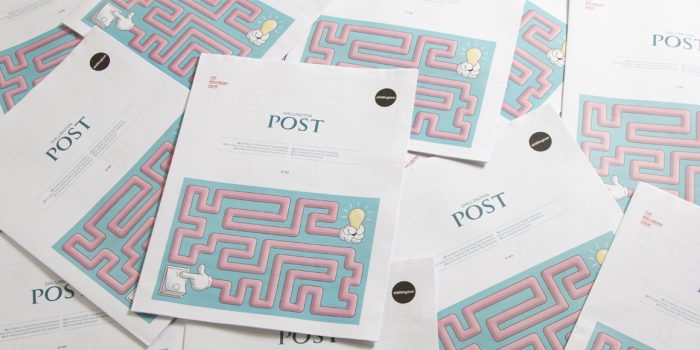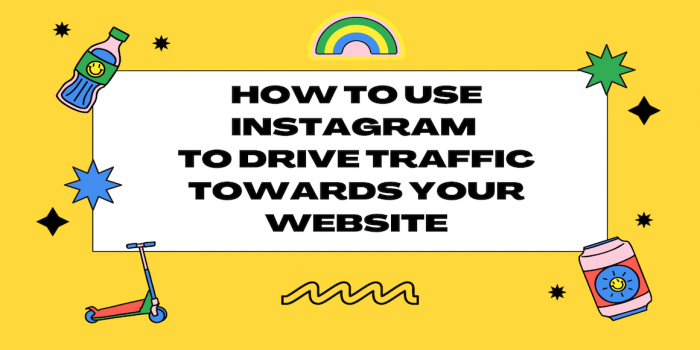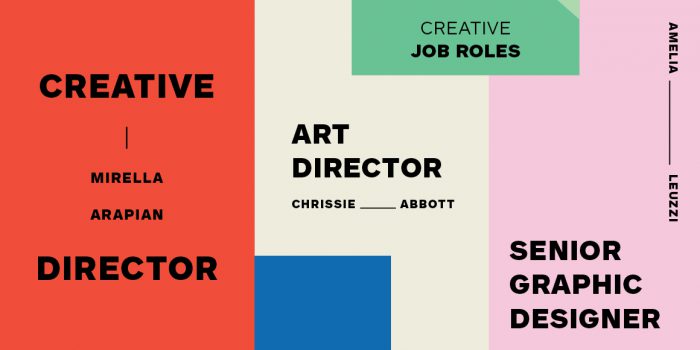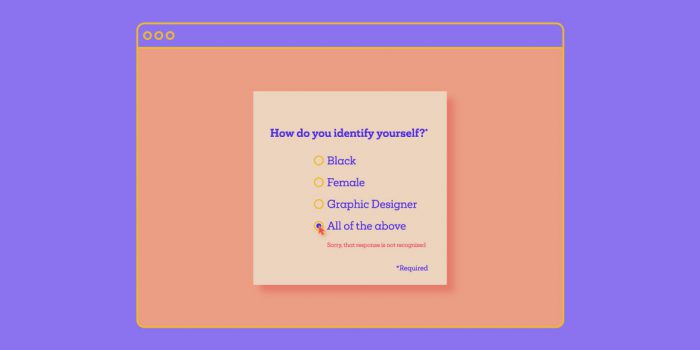Visual Context: The Importance it Brings to Any Design Strategy

Photo by veerasak Piyawatanakul from Pexels
New post from guest blogger Angela Baker! Read on to hear her insights on how visual context is an essential part of communication design, along with the importance of telling a story, knowing your users and using visuals in design strategy to establish a relationship with your audience.
Visuals are an essential part of communication. They increase the engagement your content gets from an audience. Including visual context in the design strategy will improve the users’ impression, provide them with a better understanding of the content and thus will get them to stay longer on the page. Most importantly, visuals give messages themselves. Visual context is important to your design strategy in multiple ways, such as:
- Offering information
- Telling a story
- Triggering action
- Showing that you care
Investing time and effort into visual context will bring these elements into your design. To perform those purposes, you need to understand how each of it works, that is, what visual context delivers to users and how it affects your design.
Offering information
If you are selling different products in your e-commerce business and need to compare them, using words may not be enough. A good design strategy helps you convey comparison messages with ease through visual representations.
Some people have a hard time imagining what they read. Providing them only with text content will turn them away. Just think about it. Would you purchase a product whose description you don’t fully understand?
That is why the visual context steps in. By using visuals that enhance the information, the users will have a better understanding of the explanations and comparisons. Consequently, they’ll feel more confident about purchasing the product.
Infographics are another useful visual that will present information in a more attractive manner. According to research, compared to purely textual information, an infographic is 30 times more likely to be read.
Tell a story
Using storytelling in your design helps you establish an emotional bond with the users which increases trust and loyalty.
However, using just words won’t be enough. The saying that a picture speaks a thousand words supports the claim that visual representations have a better effect than texts. The visual context in your design strategy puts your message in perspective. Visual representations are an important way to tell your business story.
Besides using visual context that will evoke emotion in the users and bring the story to life, it is crucial that the content is well-written. For that purpose, you should collaborate and use with professional and trustworthy services and tools such as:
- Best Essay Education—Have your story written by expert writers who can help you to flawlessly intertwine the story with visual context.
- Wow Grade—If you already have a talented writer on your team, you can just use editing or rewriting options that this service provides. Having an objective professional take a look at the story will polish it up to perfection.
- Grammarly—Before accepting the final draft, do a quick proofreading check with this online tool.
- Readable—To ensure that the content isn’t confusing, run it through readable and check the readability score.
When the story is well-written and engaging, the visual context will give it that final touch that will completely compel the users.
Lead to action
Visual context attracts attention towards a product or a service, creates interest and triggers customers’ actions. Call to actions in the form of visuals have more effect than textual ones. Since the average human processes images 60,000 times faster than text, the users will understand the visual call to action faster and act accordingly.
Usually call to actions are generic and boring. Users won’t even take a look at them if you don’t use an interesting and original design.
The rich visual context will attract the users’ attention and get them to click that button. This will make a huge impact on your design strategy because a call to action is crucial for a successful website.
Visuals also give you an opportunity to experiment and be more authentic. There aren’t many opportunities when it comes to textual call to action but when it comes to visuals you can let your imagination run wild.
Demonstrate that you care
“User-centric approach is essential in this competitive world. Whether someone will succeed or not solely depends on the users and users will always support a brand that cares about their customers and openly shows that through their design,” said Liam Wilson, a freelance designer and assistant web designer at Supreme Dissertation in his recent interview about effective web-design strategies.
Visual context is a good addition to a user-centric design strategy because it can carry unspoken information and make unpleasant situations less problematic.
Think about the error page on Google. It also comes in the form of a game and has a more positive than a negative message. Despite not getting what you are looking for, such a message and a visual feature also show that Google cares about the customers. They took the time to create a fun visual that averts the users’ attention from the problem. When the user faces any issue with this search engine he knows that Google minds.
Of course, errors on the website should be avoided, but sometimes they are inevitable. Create a visual that will give the user a message about the 404 error page, for example, apologize to the users and turn the whole incident into a positive experience.
Bonus tip: Understand your users
The visual context will have an impactful effect only if you adapt your strategy to your target users.
Age, gender, interests, culture, location and education all affect the perspective of users. For example, white color is a depiction of happiness in some cultures but in other cultures it presents sadness.
Do thorough research on your target audience and create user personas. This strategy will help you create and use a visual context that is personalized to your target audience and therefore, will provide you with better results.
Concluding thoughts
Help the users to interpret the website’s values, purposes, and characteristics thought visual context. Using visuals in design strategy will offer and clarify information about products, establish a relationship with the users through stories, compel users to take action, and demonstrate that you care about the users’ experiences.
It might seem unbelievable that visual context can be so powerful but the fact is that the benefits of visual context are countless. If you are up to improve your design with visuals, for a course in graphic design, visit Shillington.
Angela Baker is a self-driven specialist who is currently working as a freelance writer at BestEssayEducation and LiveInspiredMagazine.
Big thanks to Angela for her guest blog post! For more design insights, read FutureBrand‘s John Corleto’s post for more on brand and design strategy, including six questions designers can ask to “be their own strategist.”
Want to win some amazing prizes and stay in the loop with all things Shillington? Sign up to our newsletter to automatically go in the draw.







